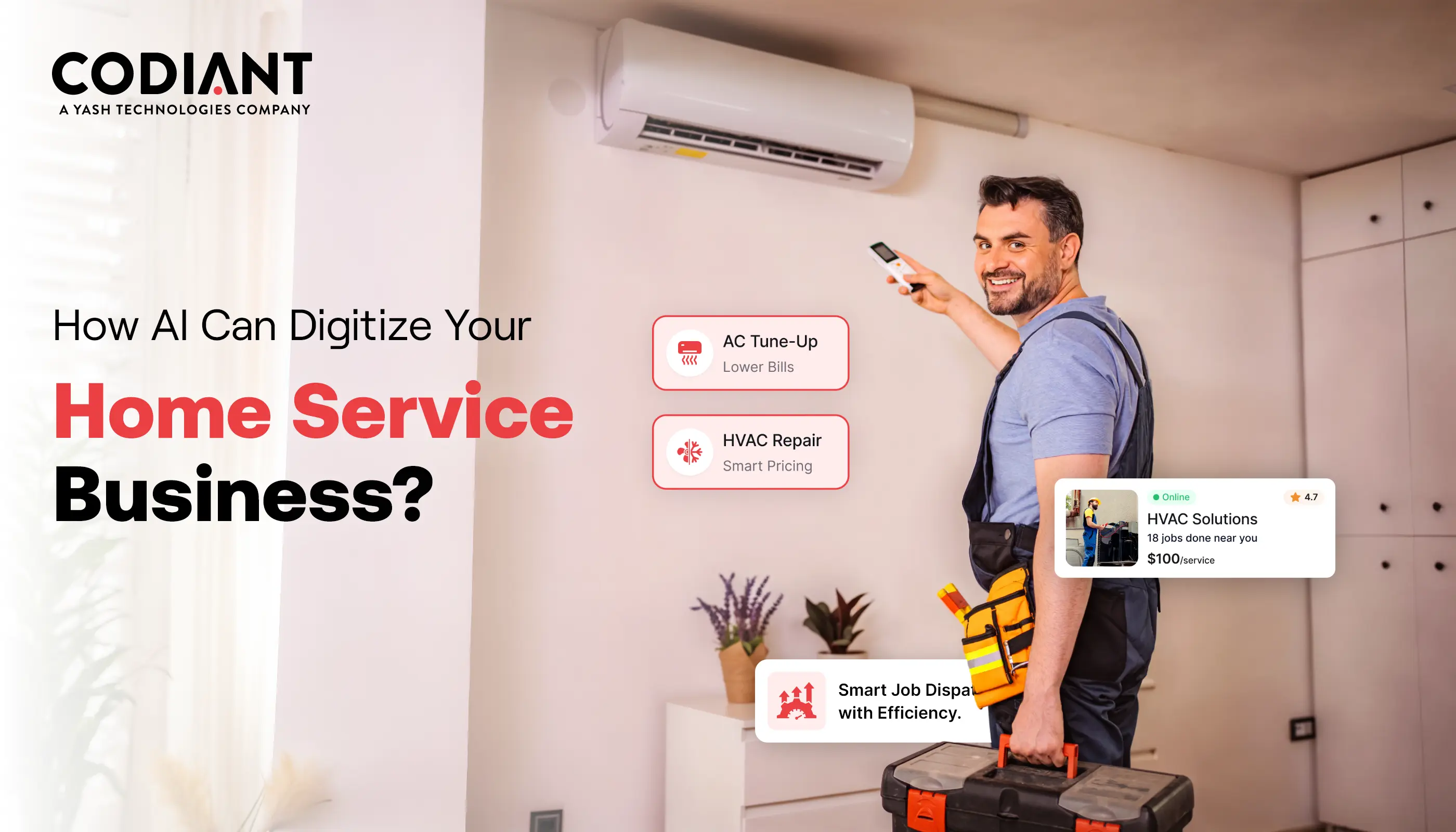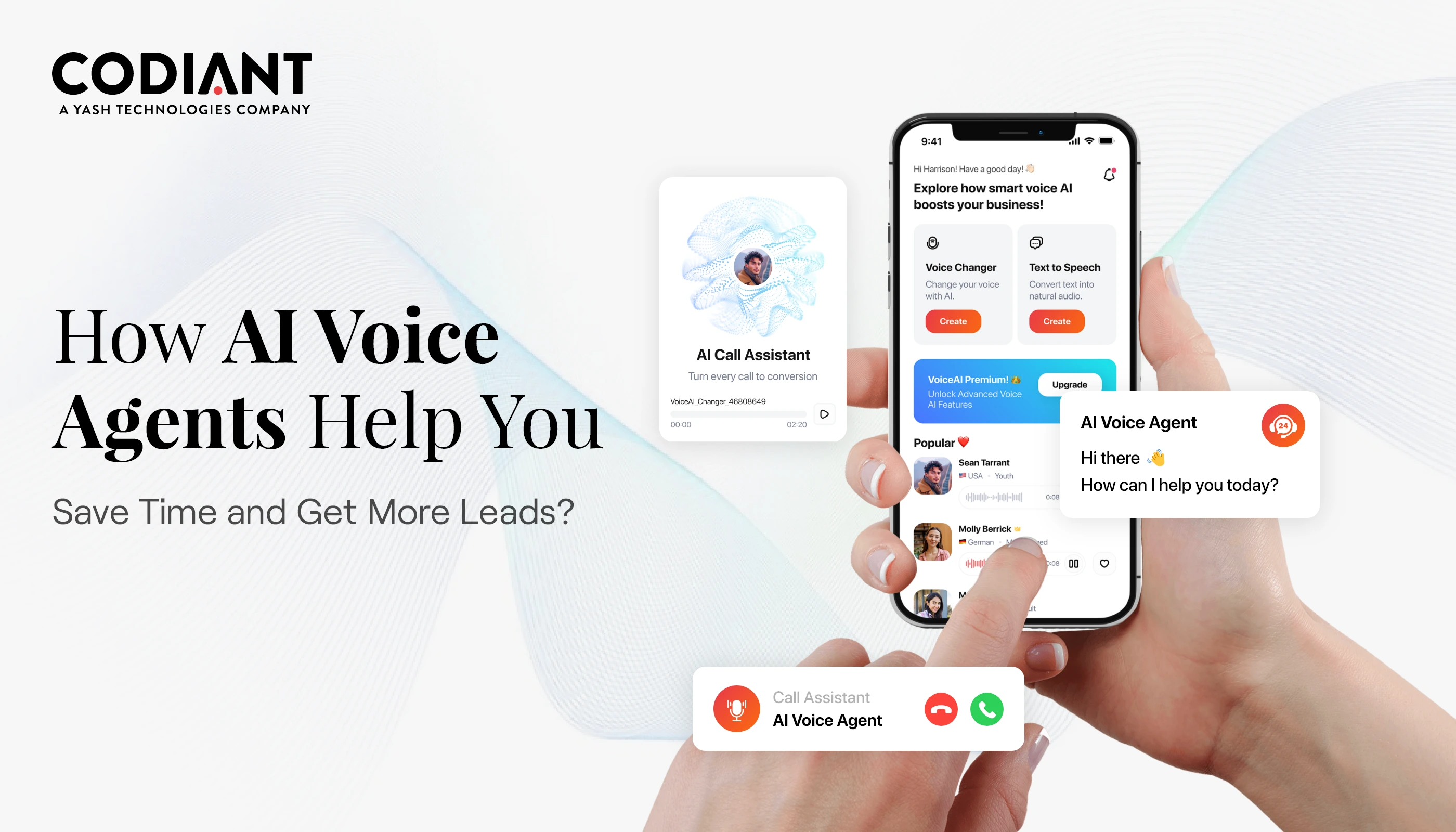Alcohol Delivery App Development : Cost, Key Features, and the Business Model
Table of Contents
Subscribe To Our Newsletter

Investors are raising a toast to triple-digit growth witnessed after online alcohol delivery mobile app development. Not many thought when the lockdown was imposed that Online Alcohol delivery would be a huge success. Quite literally, the human race with the pandemic has made the beverage industry a champion.
An unprecedented growth was recorded in sales. Over the last sixteen months, the online spirits market matured 10X faster than spirits sales overall. Drizly- the fastest growing on-demand alcohol delivery app acquired Buttery its competitor and forayed into forty new markets. Here’s a quick insider view of the soaring growth.
Alcohol Delivery App Market Share
The average order of App for Alcohol Delivery has grown after the COVID-19 crisis which led popular alcohol delivery apps like Drizly, Wine, and others to increase their workforce by more than 50%. Moreover, in the wake of the expansion of alcohol delivery laws for home delivery services has also boomed the average dollar sales which increased by 30% since last year.
With New York, Massachusetts, California, Texas, and Colorado as its respective leading markets for Drizly and New York, Florida, and New Jersey, and California for Wine.com, beverage alcohol home delivery has accelerated in markets at a greater speed.
Here are some interesting facts about Alcohol Delivery Apps:
- Drizly has seen a spike of 350% in sales post-crisis.
- According to scheduling platform Doodle, group meetings booked specifically for virtual happy hours and drinking events are clocked in at more than 296% than usual.
- Delivery apps have jumped the order size with total cost per order by a plunge of 20%.
- The global alcohol beverages market is anticipated to reach $1,684 billion by 2025, registering a CAGR of 2.0% from 2018 to 2025.
Seeing this incredible buying behavior ramping up online, brands are looking to invest in on-demand delivery alcohol app development and be the early catcher of the on-demand wave. No doubt, to increase the visibility and reach and to tap the coveted consumer’s traffic app is the only way out in today’s tech-savvy world.
Here in this post, we’ve tried to cover all the nitty-gritty required to kickstart this profitable project. Rundown.
App Monetization Model for Alcohol Delivery App
Commission-based model
An alcohol delivery app earns revenue based on commissions earned per order delivery. That means whenever a customer places an order, the liquor store has to pay a commission to the app owner.
Premium Advertisement Services
One of the most famous ways to capitalize from the app is by offering in-app advertisement services to different liquor stores. By featuring them on the top banner of the app home page can help them in the promotion and give an extra source of revenue to the app owner.
Third-Party Advertisement
By allowing different brands to display ads on the app can help earn a sustainable source of revenue. App owner simply has to give ad space to different global brands and they can earn more revenue.
Dynamic Delivery Charges
Dynamically charging delivery fees based on a customer’s distance to the restaurant, or surging the fee based on impromptu events such as pandemics, strikes, and odd times or a subscription-based delivery model can be another source of revenue.
Top Market Players in Alcohol Delivery

How Alcohol Delivery App Works?
Customer App
1. Customer search nearby liquor stores
2. Orders the preferred liquor
3. Choose the mode of payment from online/cash on delivery
4. Delivery boy brings the order to doorstep
5. The customer shares the feedback
Liquor Store Owner App
1. Liquor store receives the customer order
2. Accept/Reject the order
3. Handover the liquor to delivery boy
4. Receives Payment
5. Checks the feedback
Discover the success story of online alcohol delivery apps, witnessing triple-digit growth. Explore key features, business models, and the cost of developing your own app. Cheers to the booming beverage industry in the digital age!
General Features of Alcohol Delivery App
Customer App Features
Social Signup/Login : The user should be able to easily onboard to the app using social channels, email or mobile number.
Browse Liquor Stores (if Marketplace App) : Allow users to search nearby liquor stores and view their details like address, items listed, ongoing offers, ratings and reviews, etc.
Browse Liquor (if Aggregator App) : Allow users to search and browse liquors in the app by filters like brand, alcohol types, size, expert reviews, taste, and so on.
Mark Favorite : If users can mark alcohols in their favorite list, it becomes quicker and easier for them to order it next time.
View Detail : A product detail page can help them understand more about the liquor they’re ordering. Some common details include price, size, taste, ingredients, quantity, etc.
Add to Cart : After selecting single/multiple liquors, the user can add the product to the virtual cart.
Place Order : As a next step, the user can see all the products added to the cart, see their pricing, taxes, and the total bill. Apply coupon (if any) and eventually, place the order.
Instant Billing : After placing the order, users should be able to make online payments through credit/debit cards, PayPal, eWallets, or other country-famous payment gateways.
Real-Time Order Tracking : After placing the order, the user should be able to track the order in real-time and get notifications for the same.
Share Feedback : Collecting the ratings and reviews increases the likelihood of the product being purchased by 270%. As 86% of users today read online reviews before making a purchase. So ratings and reviews is a good feature to keep.
Customer Assistance : Handling complaints is as important as selling your product. Customer support through in-app chat, social media, and phone will make you more authorized and increase your brand loyalty.
Manage Profile : User profile management options include updating an email address, phone number, delivery locations/addresses saved, and payment card details among others.
Liquor Store Owner App
App Registration and Login : Liquor store owner should also be able to easily register to the app by entering details like registration license, store details, email address, phone no, etc. And should also be able to log in through email/phone and OTP verification.
Manage Liquor Products : Liquor store owners can online manage the products by adding, updating or deleting products to the item list.
Manage Add-ons : Liquor store owner should be effortlessly able to manage (add, update, delete) add-ons ordered with liquor.
Manage Liquor Prices : Liquor store owner can manage (add, update, delete) prices of the liquor added to their list.
View Feedback : They can view the ratings or feedback given to them by customers post order delivery.
View Store Earnings : Ability to check earnings (day, week, and month wise).
Delivery Boy App
Accept/Reject Orders: The delivery boy can receive an order request, he can accept/reject the order request.
Active/inactive : The delivery boy should have the liberty to mark himself available/unavailable by switching on the toggle between Active/inactive.
Order History : Delivery boy can see the total orders delivered by him.
View Customer Location : Delivery boy can view the customer’s delivery location and other details like contact number.
In-App Chat : Delivery boy can chat to customers for confirming the delivery location.
Check Earnings : Delivery boy can check total earnings made by online deliveries (day, week, and month-wise).
Admin Panel
Dashboard : An interactive dashboard to view total ongoing orders, active drivers, total customers, total earnings, etc.
Manage Categories : Admin can manage (add, update, edit, delete) product categories mentioned in the app.
Manage Liquor Products : Admin can manage liquor products by updating their details, adding or deleting them from the lists.
Manage Pricing : Admin can manage the price of the products added.
Earnings Management : Admin can check total earnings and set the commission rate for different stakeholders.
Reporting and Analytics : This feature allows admin to see the analytics report and take necessary action for marketing, feature editing.
Manage Offers : Admin can manage offers, discounts, coupons, loyalty programs, etc.
Advanced Features

Technologies Required For Alcohol Delivery App Development

How Much Does It Cost to Develop an Alcohol Delivery App?
The total cost involved to develop an alcohol delivery app depends on several factors including a number of features, functionalities, third-party integrations, app complexity, and more. Furthermore, several other factors that account for app development cost, the major ones include:
- UI/UX Design
- iOS and Android Native App Development
- Backend Development
- Web Panel Development
- Project Management
- Quality Assurance (Polishing and bug fixing)
- Application Maintenance
How much does it cost to develop an alcohol delivery app, and what are the key features and business models for success?
Developing an alcohol delivery app typically costs between USD 18,000 to USD 35,000, contingent on features and integrations. Key revenue models include commission-based earnings, premium ads, third-party advertising, and dynamic delivery charges. Features encompass user-friendly interfaces, real-time tracking, and effective admin management, ensuring a profitable venture in the flourishing online alcohol delivery market.
The Ballpark Figure
The development cost for an on-demand alcohol delivery app ranges from USD 18,000 to USD 35,000, depending on factors like features, functionalities, and third-party integrations.
Featured Blogs
Read our thoughts and insights on the latest tech and business trends
How to Digitize Your Home-Service Business with an AI-Powered Platform
- November 21, 2025
- Home Services
The home-service industry - covering HVAC, plumbing, electrical, and cleaning—has long relied on manual scheduling, phone-based bookings, and paper invoices. But as customer expectations shift toward instant communication and transparency, these traditional processes are no... Read more
How a Voice AI Agent Can Help You Get More Appointments and Leads
- November 17, 2025
- Artificial Intelligence
Missed calls, delayed responses, and lost leads are silent revenue killers for many businesses. In today’s fast-moving market, customers expect instant engagement - and that’s exactly where a voice AI agent for appointment booking steps... Read more
How to Integrate AI in Recruitment and Cut Hiring Time by 70%
- November 13, 2025
- Artificial Intelligence
Recruiting teams face a clear operational challenge: too much manual work and not enough qualified talent reaching the finish line. Even with modern ATS systems, most hiring workflows still depend on human-driven screening, coordination, and... Read more




